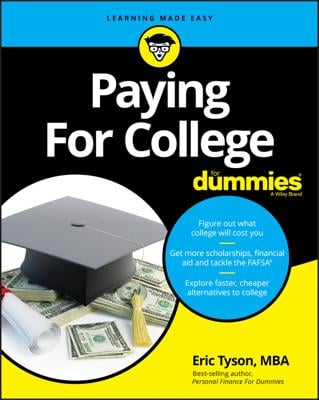Four major types of federal loans are available to students or their parents: Stafford Loans, PLUS Loans, Perkins Loans, and Consolidation Loans. Each type of loan is aimed at a different set of people, each has its own interest rate and repayment terms, and each has its own advantages and disadvantages.
Stafford Loans: Either the federal government or third-party lending institutions offer these loans. Stafford Loans are either subsidized or unsubsidized.
Subsidized: You won’t be charged any interest until after you leave school for whatever reason.
Unsubsidized: Interest is charged from the time they’re disbursed until you completely pay them off.
PLUS Loans: PLUS is an acronym for Parent Loans for Undergraduate Students. To qualify for PLUS Loans, parents must have children who are enrolled at least half-time at an approved educational institution.
The maximum allowable amount that can be borrowed for a PLUS Loan is the difference between the cost of the student’s attendance and any other financial aid the student receives (a number set by the school’s financial aid office).
Unlike Stafford Loans, PLUS Loans feature neither a grace period during which no payments are due nor any period during which interest doesn’t accrue.
Perkins Loans: Federal Perkins Loans are loans guaranteed by the U.S. Department of Education and are available for undergraduates and graduate students. Unlike Stafford Loans, however, federal Perkins Loans have a fixed rate of interest and are made by your college or other institution (the government gives the college the money, and the college distributes it).
The Perkins Loan program is determined based on three factors:
When you apply
The level of need, as determined by your college
The funding level of your school
Typically, you have ten years to pay back any funds disbursed under the Federal Perkins Loan program, and you make your checks out directly to your school.

